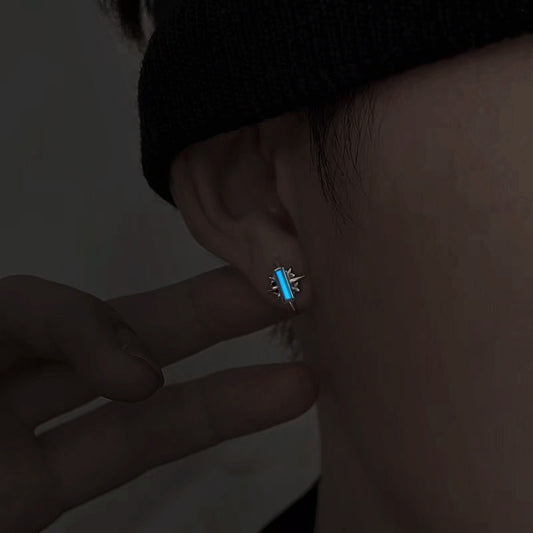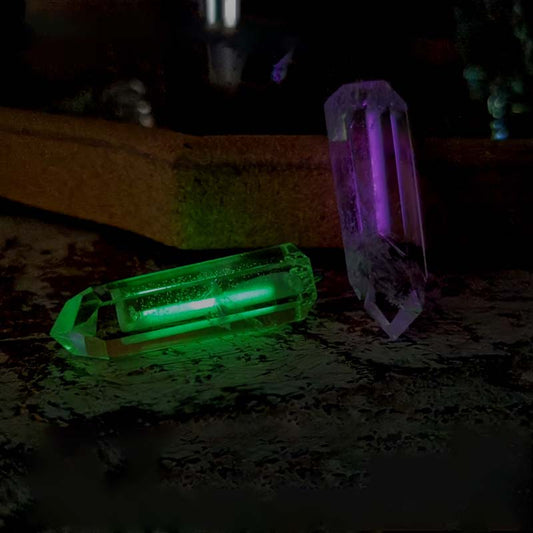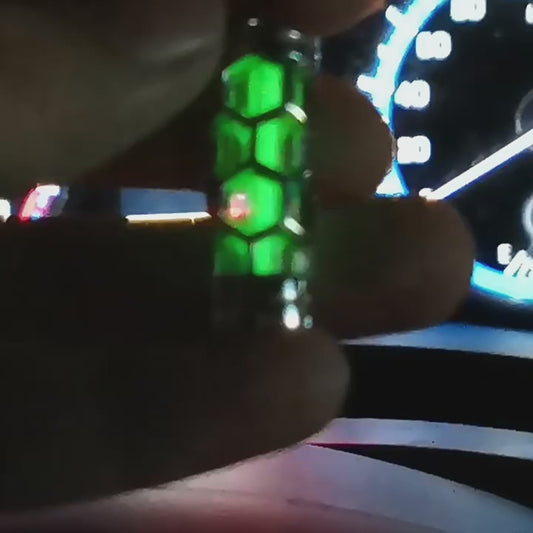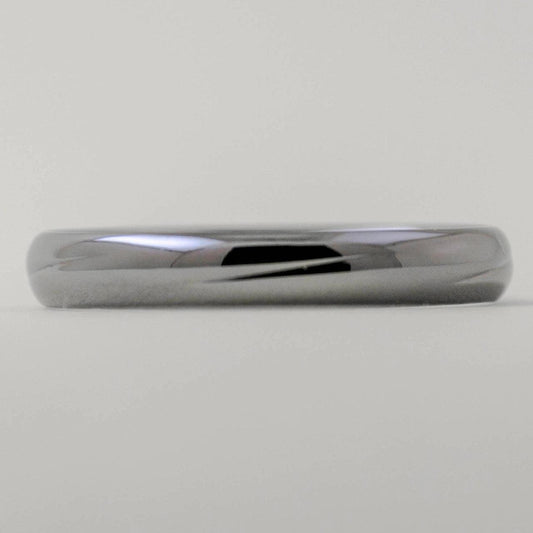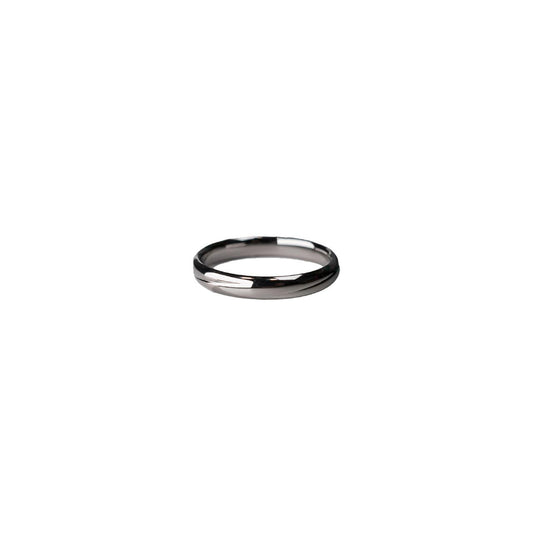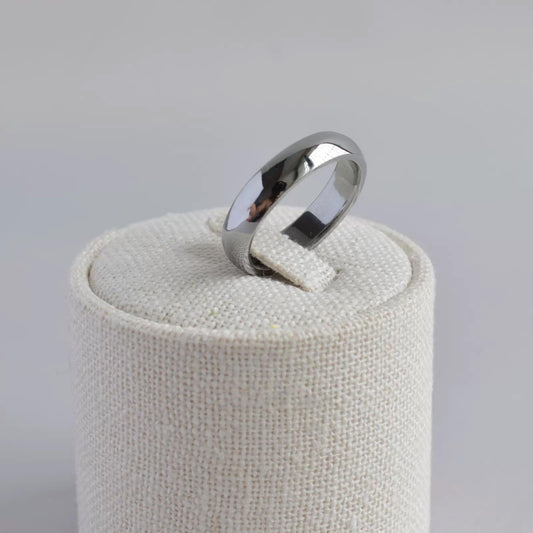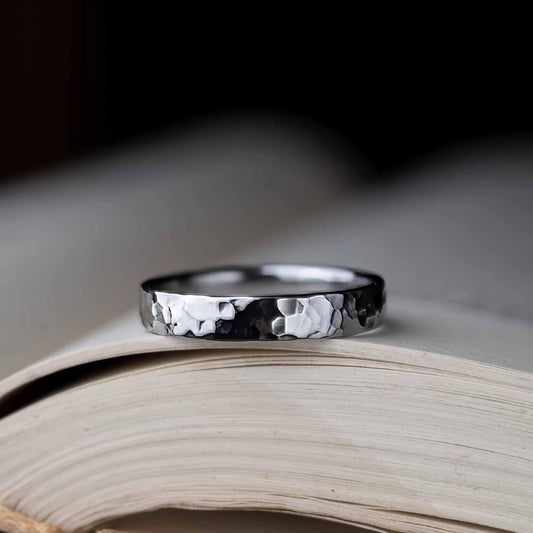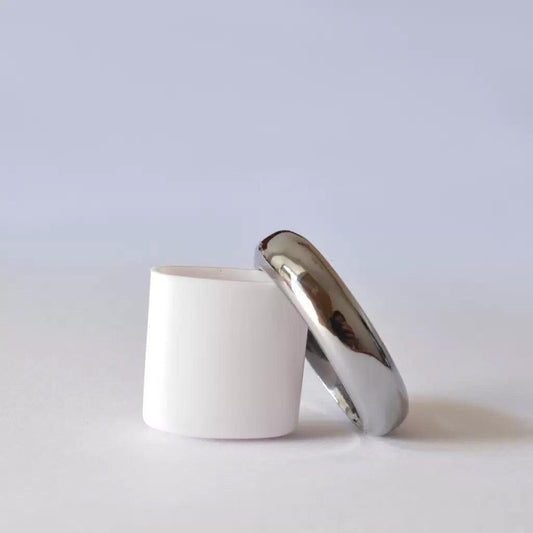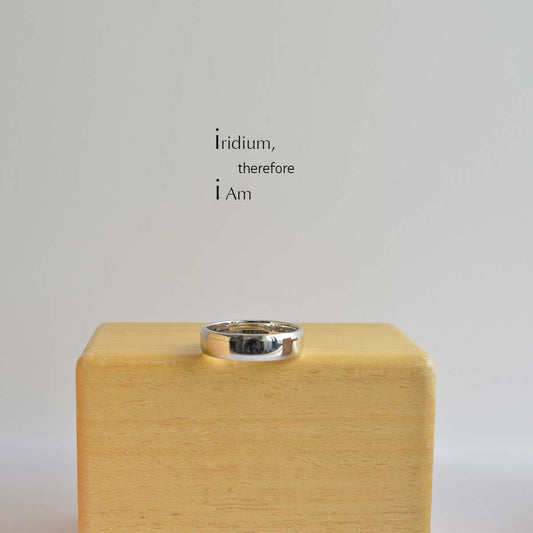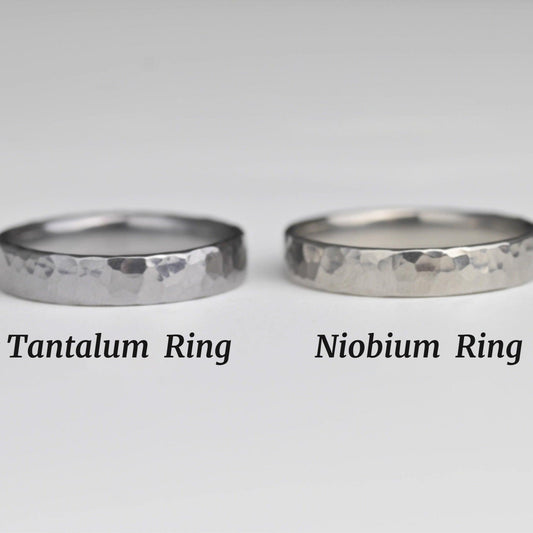Wearing the Symbol of Love Understanding the Married Finger
Wearing the Symbol of Love Understanding the Married Finger
If you've ever watched a Western wedding ceremony, you've probably noticed the pivotal moment when the rings are exchanged. It's typically accompanied by vows and the subtle pressure of tradition resting on a single finger. But which finger, and why is this choice so important? In Western cultures, the fourth finger of the left hand—commonly referred to as the "ring finger"—is traditionally where the wedding band resides. This seemingly quaint custom has roots that weave through history, mythology, and even a touch of personal nostalgia for me.
The tradition of wearing a wedding ring on the left hand can be traced back to the Romans, who believed in the "vena amoris" or the "vein of love." They thought that a direct vein ran from this finger to the heart, thereby symbolically linking the love shared between partners. While modern anatomy has debunked this notion, the romantic ideal continues to thrive. And let's face it, when you're in love, a little poetic license only adds to the magic.
When my husband and I decided to get married, we spent countless weekends browsing through jewelry stores, occasionally picking up rings, sliding them on our fingers, and imagining our future together. I vividly remember one Saturday morning when he playfully slipped a ring onto my thumb instead of my ring finger. We laughed until we cried, joking about how we were inventing our own tradition. It was a small moment, but it underscored how personal these symbols can be, even within the boundaries of tradition.
Interestingly, this practice of wearing a wedding ring on the left hand isn’t universal. In some European countries like Poland and Spain, the wedding band is worn on the right hand. This variation got me thinking about how each culture brings its own flavor to weddings, colors them with personal beliefs and customs. It also made me wonder why we choose to follow traditions at all. Perhaps it's a way to connect with something larger than ourselves, a way to feel grounded as we step into the unknown world of marriage.
In a world where personal expression has become as diverse as our Instagram feeds, some couples are choosing to upend the age-old tradition, opting for rings on different fingers or skipping rings altogether in favor of tattoos or other symbols. And why not? In an era that values authenticity over conformity, the married finger is just the beginning of how we invent new ways to demonstrate our commitment.
As I touch the cool metal of my own wedding ring, resting snugly on my left hand, I'm reminded of that beautiful blend of history, personal choice, and love. Traditions can offer comfort, a sense of belonging, but they are not without room for individual interpretation. Maybe you're planning a wedding yourself, wondering how to blend age-old customs with your own modern twist. Whatever you decide, remember that the meaning behind the ring—or its absence—is what you and your partner make it. After all, the symbol might reside on the finger, but the love rests in the heart.
